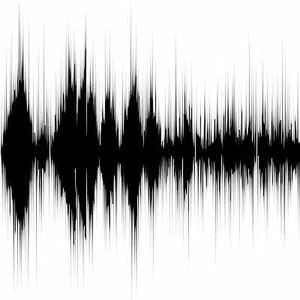
Sound.
An atmospheric building material.
AN ESSAY.
Everybody who has ever experienced classical music in a concert hall or has listened to a politician who was a great speaker will certainly have felt the ‘energy’ of sound.
Sound has an immense emotive power; it can stir people’s feelings and to some extent even motivate their actions, such as at events during civil uprising or as can be seen in our behaviour in certain public spaces when we react to the energy of sound. Nearly all acoustical experiences in our everyday lives are embedded in the dialogue of sound and space. It is a mutual relation and exchange: sound occurs within given spatialities and is influenced by the shape and materiality of space, while the impression of a space is affected by the sound within that space; or, as expressed by Brandon LaBelle, “when sounds occur, they are partially formed by their spatial counterpart and spatial experience is given character by the eccentricities of sound events.”
An interesting example of this relationship in everyday life is the acoustic atmosphere in spaces of consumption, such as the persuasive effect of music used in retail shops. Using the example of the shopping mall, I will examine the subliminal intentions of sound in this respect as well as the relationship between acoustic design and architectural space and the impact they have in each other. What are the roots of this form of acoustic design and what intentions does it pursue? How do architecture and sound influence each other to form an ambience? In the sense of Heidegger’s phenomenology and Schafer’s definition of soundscape it will be analysed with regard to the experience of the recipient. How does the consumer perceive it and which influence does it have on its behaviour?
Read the essay here.
